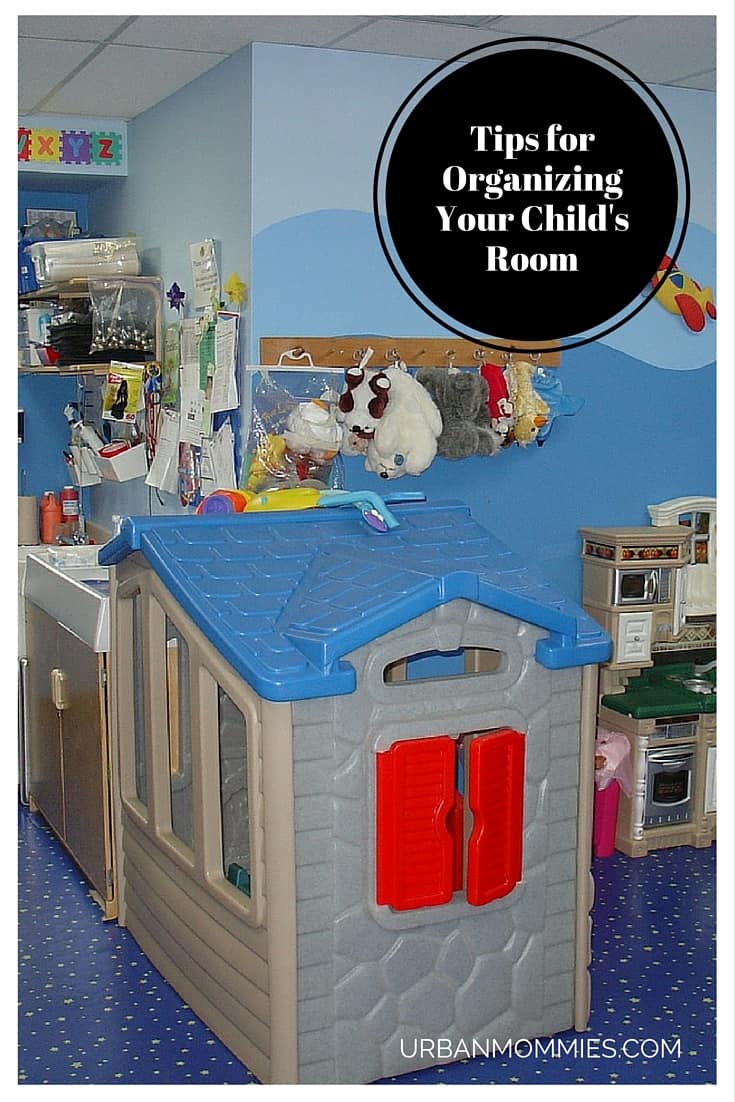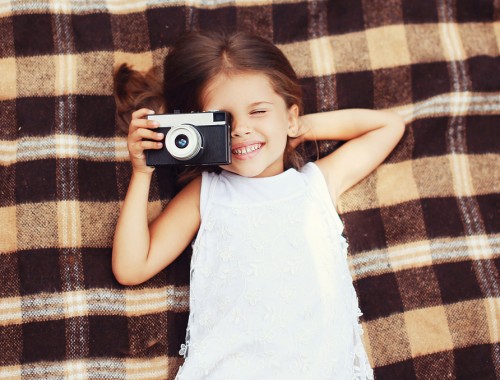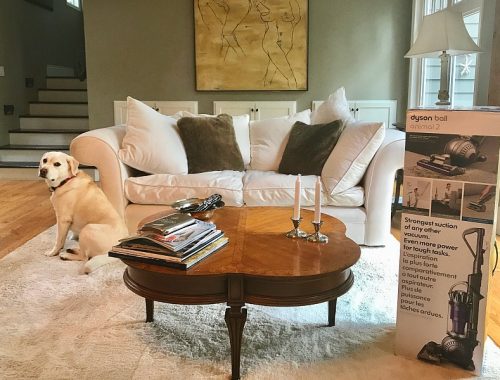It’s tempting to shove everything “kid related” into their room and just forget about it. And kids collect so much stuff. The contents of your child’s room should be thoughtfully chosen and edited over time. Less really is more. Here’s some tips for organizing your child’s room.
Do It When They’re Away
Sometimes decluttering is best done while the child is not around. It’s difficult for them to detach from objects and they often resist getting rid of them. I’ve had the best success at toy decluttering just before Christmas and birthdays. When my son hears, “We need to make room for new toys,” he is much more likely to part with older ones.
My child initially resisted reducing his toy stock overall. But once he had only quality toys that were easy to find and organize, he played with them more often and self-entertained for longer periods of time. If you aren’t ready to commit to this concept, give it a try for a few weeks. Put away MOST of your child’s toys and books. Keep out just a few good ones. Maybe cycle in three to five toys every few days. You’ll notice a difference.
Dealing With Broken Toys
Throw out any broken toys. If there are broken toys your child can’t bear to part with, put them in a box. Tell an older child that they have one week to repair the toys or they get discarded. For a younger child, make the same rule for yourself. If you don’t fix it in a week, there’s no need to keep it.
Related
Top 20 Kitchen Organization Tips
Ikea Hacks: Beautiful DIY Lockers for Kids
Top Tips for Decluttering Play Rooms
Clothes
Another source of clutter to tackle is clothing. If you don’t like it, toss it. Well-meaning grandparents may gift your child glittery neon cartoon pajamas. But if you hate them, there’s no need to keep them. Anything that is too small can be donated. Anything that is too big should be placed in a small plastic bin and stored until your child grows into it.
In colder climates, kids tend to shed their layers of coats, scarves, mittens, hats and just toss them on the floor. Create a spot on the wall with a hook for the coat, basket for mittens and hats, and a taped off spot underneath for their boots.
Keeping clothing organized and folded in dresser drawers is particularly difficult for children. Their motor skills (and patience!) just aren’t developed enough for the task. Drawer dividers are really helpful. In our home, we don’t bother to fold the pajamas, since they don’t need to stay unwrinkled. They are just thrown in the lowest drawer, making it easier for a young child to access them and put them away.
Make Use of All Space
Don’t waste under bed space. Matching bins that fit under the bed can be “drawers” for toys and puzzles. They are easy to pull out and look uniform if you get them all in the same color.
A hanging shoe organizer on the back of the closet or bedroom door is a great way to corral small things like sunglasses, mittens, belts, and small accessories.
Keep in mind your child’s height. If you install hooks and organizers low enough for little hands to reach, your child is much more likely to actually use them.
Much like children themselves are constantly growing and changing, the contents of their room should evolve as well. Don’t continue adding new toys and books to ones your child has outgrown. Declutter, declutter, declutter!




